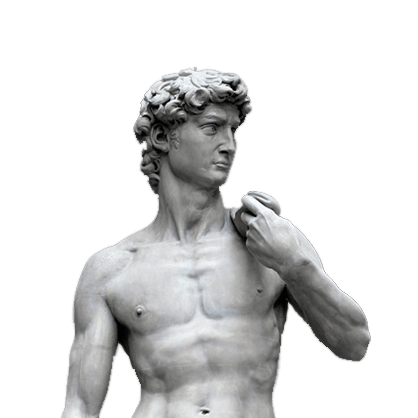Corneliu Guirgea is most famous for coining the term “nootropics”. Corneliu was born in 1923 in Romania and was a Professor of neurophysiology in the Faculty of Medicine in Bucharest, holding an M.D. from there, and a Ph.D. from the Pavlovian Labrotary in St. Petersburg. At UCB in Belgium, he was appointed Head of Department of Neuropharmacology.
Corneliu Guirgea’s discovery of the properties of Piracetam occurred during the early 1960s while searching for a sleep-aid related to the neurotransmitter GABA. GABA had just been isolated as the first inhibitory neurotransmitter, but does not pass the blood brain barrier (BBB). So their working hypothesis in 1962, in Giurgea’s own words was: “to synthesize and test a GABA related substance, eventually cyclic one, that will pass the BBB; this “extra-amount” of brain inhibition, might induce a reversible, physiological sedation, facilitating sleep induction and/or a particular kind of tranquilization.” [1]How To Deal With An Unusual Pharmacological Pattern; The Nootropic Case”, Giurgea 1976)
In March-April 1964, a cyclic derivative of GABA was synthesized by Strubbe and Cyprysiak, that was a synthesis between GABA and Glycinamide. It was known then as UCB-6215 and would later become known as piracetam.
Although the molecule was chemically similar to GABA, it appeared to have properties that were almost opposite of what they were hoping. Under the careful guidance of Corneliu Giurgea, what could have been written off as a failure, turned out to be a major medical discovery in it’s own right. Piracetam was the substance the spurred Giurgea to introduce the concept of “nootropic drugs” in 1972.
These “nootropic drugs” had to have the essential characteristics of Piracetam:








